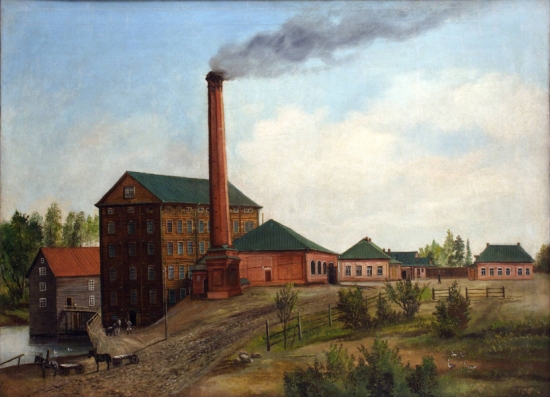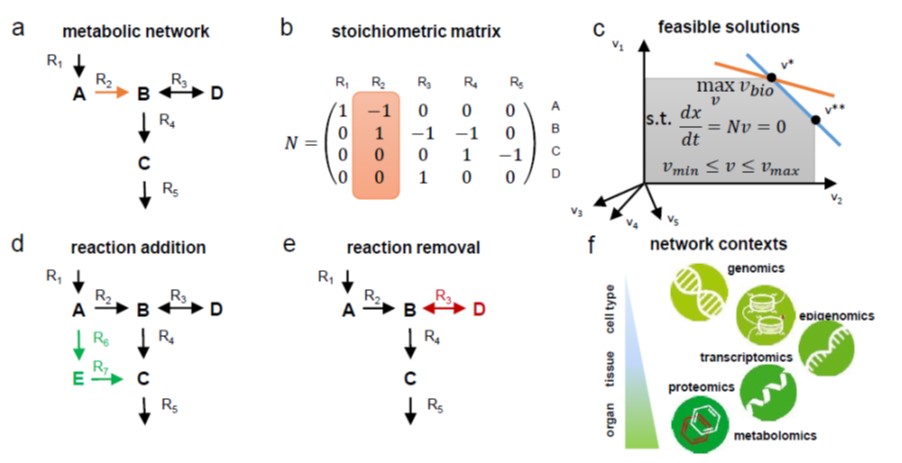
Careers in Plant Synthetic Biology Part III: Using and Running a DNA Foundry
0 Comments
/
In part III of the blog series looking at future directions in Plant Synthetic Biology, I caught up with members of the Earlham DNA Foundry to find out about how anyone in research might benefit from a Foundry as well as careers in managing facilities and requirements for wet-lab positions.
A…

Careers in Plant Synthetic Biology Part I: Introducing the modern steam mill
This post is part of a series looking at careers in Plant Synthetic Biology leading up to the 1st ASPB Plant SynBio meeting on the 7-9 Aug 2019, in San Jose CA. Follow the PlantSynbio2019 Twitter account for updates about the event.
Looking back 200 years in time to the Northwest…

Careers in Plant Synthetic Biology Part II: Computational Synthetic Biology
In part II of the series looking at careers in Plant Synthetic Biology I reached out to Valentin Zulkower who works as the Software Manager of the Edinburgh Genome Foundry (EGF), Scotland, UK, to find out about computational jobs.
In what ways can computational biologists contribute to synthetic…

Synthetic Biology: Improving Photosynthesis
Evidence suggests that crop breeding programs have not optimized photosynthesis making it an attractive target for improvement. The last few years have been an exciting time for photosynthesis research with several groundbreaking studies that have afforded huge advances in both our understanding of…

Review: Green Bioplastics as part of a circular bioeconomy ($) (TIPS)
I feel guilty about using plastics but it’s hard to break free; they are so integral to a modern lifestyle. However, the problem of plastic pollution is frightening. About 80% of manufactured plastic ends up in landfills or the natural environment. It's appalling to learn that the "Great Pacific Garbage…

Synthetic glycolate metabolism pathways stimulate crop growth and productivity in the field ($) (Science)
Rubisco uses CO2 from the air to carboxylate its substrate RuBP, resulting in an increase in fixed carbon. However, rubisco can also oxygenate RuBP and this leads to the production of glycolate. Plants must invest energy in recycling this toxic by-product in a process called photorespiration, resulting…

Review: Computational approaches to design and test plant synthetic metabolic pathways (Plant Physiol)
As photosynthetic organisms, plants are desirable and potentially cost-effective chassis for the production of novel compounds, but they are also inherently metabolically complex. Synthetic metabolic pathways can also improve upon nature by making plants more metabolically efficient. Küken and Nikoloski…

Genome-scale fluxome of Synechococcus elongatus UTEX 2973 using transient 13C-labeling data (Plant Physiol)
Synechococcus elongates UTEX 2973 (also known as Synechococcus 2973) has the fastest doubling time of known cyanobacteria, completely replicating itself in just over two hours. This fast growth rate makes it an interesting platform for industrial applications. Hendry et al set out to understand what…

Opinion: Capsaicinoids: Pungency beyond Capsicum (Trends Plant Sci)
You probably saw this article being discussed in your favorite news channel (in the UK, coverage spanned from the Daily Mail to the Guardian). In an Opinion article, Naves et al. discuss the genetics, biochemistry, ecology and health-benefits of capsaicinoids (the “heat” in chili pepper), and consider…

